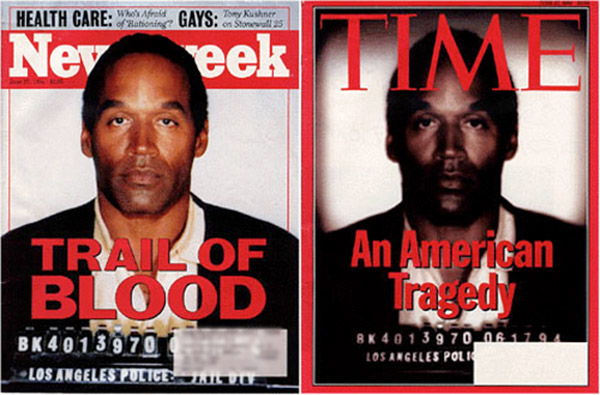Kaylie Harden
When thinking about the most common prejudices we encounter, race, religion, gender, and ethnicity are the first to come to mind. Sensitivity to these issues has heightened over time, and has also driven a heightened sense of diversity awareness, especially in media. Advertisers, journalists, and external relations take this into account when crafting messages that represent their brand to the public, sometimes.
Since the 1940’s, multicultural advertisements have been used to appeal to wider audiences of consumers. However, simply including subjects of various races does not necessarily serve to promote diversity by today’s standards. For example, in 2017, Dove aired a campaign that featured a black and white woman in order to promote body wash as a product for “every woman” and as a “celebration of diversity.” The intention of the ad was, apparently, inclusivity. Based on the direction of the ad though, the placement of the black woman in the ad was far more problematic than inclusive. In a soap commercial of a black woman undressing to unveil a red-haired white woman, it is not hard to identify eerie similarities between the Dove commercial and historical commercials of melanin “lightening soap.” In this case, the less-than-strategic order of the women becomes more offensive than a campaign of only white women. At the end of the day, what can really be expected from a company that assigns gender to a soap.
The framing of the message is equality important in news rooms and written media. Following the racially charged killing of Michael Brown in Ferguson, media representation of Michael sparked a viral response not only to the disproportionate deaths of unarmed black men, but also the stereotypical representation of black people that are the victims of such crimes. P photo of Michael apparently holding up gang signs reads like a justification of the teens wrongful death. Regardless of the facts, opinions and preconceived ideas can be derived from the inclusion, exclusion, or embossment of select details. News outlets during the O.J. Simpson trial made their underlying bias apparent in their edits of O.J.’s portrait and the diction of their headlines. Even subtle changes in the vignette effect on the photo made the suspect appear more innocent or guilty by creating the appearance of lighter or darker skin.

(photo: people.southwestern.edu)
Similarly, the media can tend to promote false narratives against minority religions. In coverage of gun violence by a white assailant, the term “mass shooting” is preferred to the alternative “terrorist attack”. While the definitions of these terms vary with important distinction, the trend that “terrorism” is rarely used in describing events that do not involve a Muslim or Arabic suspect creates the perception Muslims and Arabic people are more threatening to America than the white majority.
How can the misrepresentation of minority groups be minimized or eliminated? It is no longer enough to include multicultural figures in media and advertising.The imagery, vocabulary, and instances used to characterize minorities in the media is even more crucial. To avoid the perpetuation of common and problematic misconceptions, it is important that the media represent minorities externally as well as internally. Efforts to hire more diverse staff allows for greater diversity in available perspectives and greater opportunity for biases and false superlatives to be addressed and edited. By reducing problematic presentations of diverse groups, the media can also reduce the subconscious prejudices that are associated with diverse individuals. As of 2013, only 22 percent of local T.V. news professionals are classified minorities. Meanwhile, 37 percent of the United States population was considered minority. Until a more balanced ratio can be achieved, the profile of minorities in the the media will remain inaccurate and incomplete.
No comments:
Post a Comment